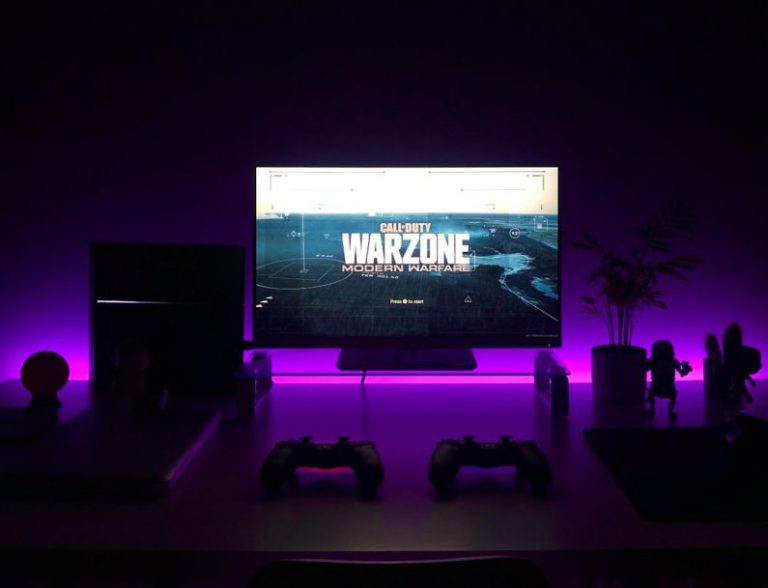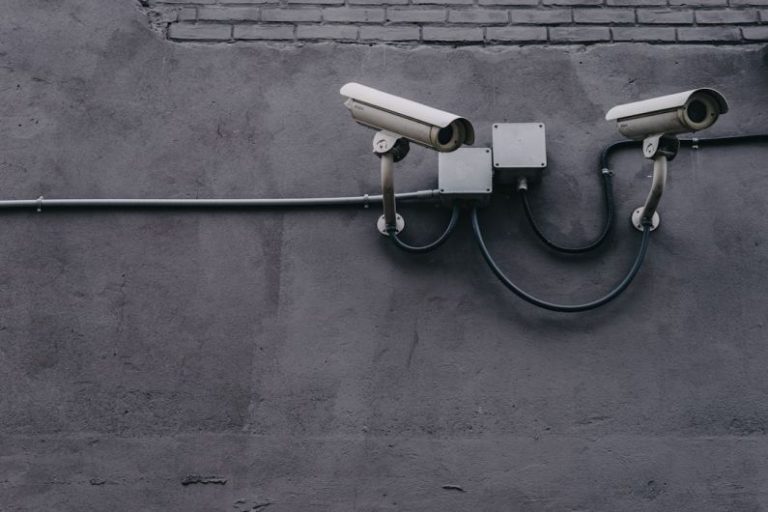What Are the Most Common Compatibility Issues When Building a Pc?
Building a PC can be an exciting and rewarding experience, allowing you to customize your machine to suit your specific needs and preferences. However, the process is not without its challenges. One of the most common hurdles that PC builders face is compatibility issues. These issues can arise from a variety of factors, from incompatible hardware components to software conflicts. In this article, we will explore some of the most common compatibility issues that can arise when building a PC and how to avoid or address them.
### Operating System and Hardware Compatibility
One of the fundamental compatibility issues that PC builders may encounter is the compatibility between the operating system (OS) and the hardware components of the system. Not all hardware components are supported by all operating systems, and using incompatible hardware can lead to system instability or even failure to boot. Before purchasing components for your build, it is essential to check the compatibility of each component with your chosen OS. This includes not only the major components like the CPU, GPU, and motherboard but also peripherals such as printers, scanners, and other devices.
### RAM Compatibility
Another common compatibility issue that PC builders face is related to RAM compatibility. Different motherboards support different types and speeds of RAM, and using RAM that is not supported by your motherboard can lead to system crashes or other performance issues. It is crucial to check the motherboard’s specifications to ensure that the RAM you choose is compatible with your system. Additionally, mixing different types or speeds of RAM can also cause compatibility issues, so it is best to use identical RAM sticks from the same manufacturer and product line.
### Power Supply Unit (PSU) Compatibility
The power supply unit (PSU) is a critical component of any PC build, as it provides the necessary power to all the other components. However, compatibility issues can arise if the PSU does not have enough wattage to power all the components in the system. Using an underpowered PSU can lead to system instability, crashes, or even damage to the components. It is essential to calculate the power requirements of your system based on the components you are using and choose a PSU with sufficient wattage to support them.
### Graphics Card Compatibility
Graphics cards are another common source of compatibility issues when building a PC. Different graphics cards require different amounts of power and have different interface requirements, such as PCIe slots. It is essential to ensure that your chosen graphics card is compatible with your motherboard in terms of power requirements and physical dimensions. Additionally, some graphics cards may have driver compatibility issues with certain operating systems, so it is crucial to check for driver updates and compatibility before installing the card.
### Cooling System Compatibility
Proper cooling is essential for the efficient operation of a PC, especially if you are using high-performance components that generate a lot of heat. Compatibility issues can arise if the cooling system you choose is not sufficient to keep your components cool under heavy load. It is important to consider factors such as the size of the cooling system, the airflow in your case, and the thermal design power (TDP) of your components when choosing a cooling solution. Using a cooling system that is not compatible with your components can lead to overheating and reduced performance.
### Conclusion
In conclusion, compatibility issues are a common challenge that PC builders face when assembling a custom system. By ensuring that all components are compatible with each other and with the chosen operating system, you can avoid many of the issues that can arise during the build process. Checking compatibility specifications, doing thorough research, and planning your build carefully can help you create a stable and reliable PC that meets your needs and expectations. By being aware of the common compatibility issues discussed in this article, you can navigate the build process more effectively and enjoy a successful outcome.






